Comments / Questions (12)
![]() Mireille wrote:
Mireille wrote:
Désolée, Je me suis trompée et n'ai pas indiqué la bonne catégorie... Donc, quelles sont les quantités à prévoir pour le bonnet et les chaussons. Merci d'avance
12.05.2023 - 00:01DROPS Design answered:
Bonjour Mireille, nous avons seulement la quantité totale pour l'ensemble et comme nous n'avons plus cet ensemble, nous ne pouvons vérifier exactement, mais comptez 100 g pour les chaussons et le bonnet pour être sûre d'avoir assez. Bon tricot!
12.05.2023 - 11:21
![]() Mireille wrote:
Mireille wrote:
Bonsoir, Quelles sont les quantités de laine à prévoir pour le bonnet et les chaussons ? Merci pour votre réponse
11.05.2023 - 23:58
![]() Marilyn Raymond wrote:
Marilyn Raymond wrote:
Hi -I think the first query bounced- What is the purpose of the stocking stitch in the Left Front? Is it the panel for button holes and buttons? Why is SS used on the sleeve? Is this the seam? I assume SS is done on the Right Front panel too? What is "double thread" cast on? Video shows only single thread.
15.09.2021 - 21:07DROPS Design answered:
Dear Marilyn, the pattern tells you exactly that the "1 st in stocking sts is there to mark the transition between front edge and jacket". The button band is the 5 stitch knitted in garter stitch. Double thread cast on is cating on with two yarn, to make the cast on more flexible. Happy Knitting!
16.09.2021 - 00:13
![]() Hanne Overgaard wrote:
Hanne Overgaard wrote:
Når jeg strikker tøflerne ser min udgave anderledes ud end jeres diagram..har fået en til at kigge på opskrift der mener at der er fejl i opskrift..vil I kigge på det for mig ?
17.08.2021 - 13:12DROPS Design answered:
Hei Hanne. Dette er en gammel oppskrift (vært publisert i mange mange år), har ikke fått tilbakemeldig på at det er noe feil. Om dere mener det er noe feil er det fint at dere presiserer hva dere mener skal være feil, så skal vi få sett på det. Skrive gjerne hvor i oppskriften og hvilklen str. du strikker. mvh DROPS design
18.08.2021 - 14:48
![]() Sonia Graff wrote:
Sonia Graff wrote:
Rabattre de l'autre coté des diminutions 1x9m=16mpour le botton ,ca ne correspond pas au croquis ou on rabat les 9mailles du coté des diminutions 16xtous les 2rangs =25mailles, n'est ce pas plutot rabattre les 9mailles en face des diminutions?
04.01.2019 - 13:25DROPS Design answered:
Bonjour Mme Graff, effectivement, on rabat les mailles du même côté que l'on a diminué auparavant, la correction a été faite, merci. Bon tricot!
04.01.2019 - 15:09
![]() Louise wrote:
Louise wrote:
Merci pour vos beaux modèles gratuits.
14.05.2016 - 13:07
![]() Nanou wrote:
Nanou wrote:
Bonjour, Il y a 5 tailles au lieu de 4 pour le pantalon... A quoi correspondent elles ? Merci de votre retour.
25.01.2014 - 13:19DROPS Design answered:
Bonjour Nanou, les explications du pantalon ont été modifiées (4 tailles comme indiqué). Bon tricot!
04.03.2014 - 10:22
![]() DROPS Design NL wrote:
DROPS Design NL wrote:
Beste "WPM", Het patroon is aangepast en de minderingen en meerderingen kloppen nu wel. Hartelijk dank voor het doorgeven. groeten Angelique
15.01.2009 - 18:22
![]() WPM wrote:
WPM wrote:
Beschrijving van het broekje klopt niet voor de kleinste maat!: 70 steken + 4x1 - 7x1 = 67 en geen 73 ! Moeten er nu minder dan 13 steken geminderd worden bovenaan of zijn 54 steken genoeg voor de taille?
15.01.2009 - 17:27
![]() Sussi wrote:
Sussi wrote:
Angående babydrops nr 10, opskrift 3, kan nogen forklare mig hvordan jeg tager ind på huen. På forhånd tak
09.01.2008 - 14:06
Rayon de Soleil#rayondesoleilset |
|
 |
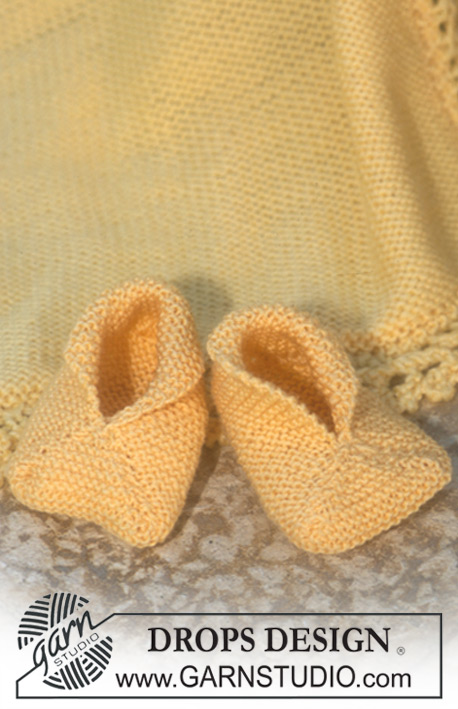 |
Jacket, trousers, hat and socks in BabyMerino and blanket in Karisma Superwash. Theme: Baby blanket
DROPS Baby 10-3 |
|
|
Knitting tension: 26 sts x 52 rows on needle size 2.5 mm in garter sts = 10 x 10 cm. Garter sts (back and forth on needle): Knit all rows. Buttonhole, jacket: Make buttonholes on right front edge from the RS: cast off 3rd and 4th st from the edge and cast on 2 new sts on the return row. Make buttonholes as follows: Size 1/3 months: 11, 16 and 21 cm Size 6/9 months: 13, 18 and 23 cm Size 12/18 months: 14, 20 and 26 cm Size 24 months: 19, 25 and 31 cm JACKET: All pieces are knitted back and forth on circular needle. Beg with left front piece, inc for sleeve and knit up to shoulder. Knit right front piece, put the two front pieces tog and continue with back piece, knitted from top down. Left front piece: Cast on 39-43-48-55 sts (incl 1 edge st at side and 6 front edge sts) on circular needle size 2.5 mm and knit garter sts, but knit the 6 front edge sts as follows from the edge: 5 sts in garter, 1 st in stocking sts (to mark the transition between front edge and jacket). Remember the knitting tension. When piece measures 17-18-21-24 cm, cast on new sts at the side for sleeve on every other row (cast on with double thread at the end of row): 5 sts 0-0-5-11 times, 6 sts 3-3-4-0 times, 7 sts 3-4-0-0 times and 15 sts 1-1-1-1 time = 54-61-64-70 new sts = 93-104-112-125 sts in total. Continue in garter sts and front edge as before but knit the 4th outermost st on sleeve in stocking sts seen from the WS. When piece measures 22-24-27-32 cm cast off 10-11-13-15 sts towards mid front for neck and dec 1 st to shape the neckline on every other row 10-10-10-10 times = 73-83-89-100 sts left on shoulder/sleeve. When piece measures 28-30-34-38 cm put all sts on a thread Right front: Cast on and knit as left front, but reversed. Remember buttonholes, see above. Back piece: Put both front pieces on the same circular needle as follows: 73-83-89-100 sts from 1 front piece, cast on 28-30-34-38 new sts for neck, 73-83-89-100 sts from the other front piece = 174-196-212-238 sts. Continue to measure piece from here! Continue in garter sts but knit the 4th outermost st each side in stocking sts seen from the WS. When piece measures 7-7.5-7.5-8 cm cast off sts each side on every other row (i.e. at the beg of each row): 15 sts 1-1-1-1 time, 7 sts 3-4-0-0 times, 6 sts 3-3-4-0 times, 5 sts 0-0-5-11 times = 66-74-84-98 sts left on needle. Continue in garter sts until piece measures 26-28-32-36 cm and cast off. Assembly: Sew side and sleeve seams inside 1 edge st. Neck: Pick up approx 80 – 90 sts round the neck on needle size 2.5 mm. Knit 6 rows garter sts, at the same time after the 1st row, make a buttonhole over the others on front edge. Cast off after 6 rows in garter sts. Sew on buttons. Fold sleeve edges approx 3 cm towards the RS. TROUSERS: The trousers are knitted from bottom up. Right leg: Cast on 64-70-72-74 sts (incl 1 edge st each side) on needle size 2.5 mm and knit garter sts back and forth on needle. When piece measures 8 cm inc 1 st inside the edge st each side on every 2-4-2-2 cm a total of 7-4-8-11 times = 78-78-88-96 sts. When piece measures 22-24-27-31 cm cast off 4 sts each side = 70-70-80-88 sts. Now inc on one side of piece (= mid back) inside edge st on every other row: 1 st 7-7-7-7 times and dec on the other side (= mid front) inside edge st on every other row: 1 st 4-2-9-12 times – dec by K2 tog. When piece measures 42-46-51-56 cm dec 13-13-13-15 sts evenly from the RS = 60-62-65-68 sts. Knit 2 cm in garter sts and then 2 cm in stocking sts. Cast off. Left leg: Like right leg, but mirrored. Assembly: Fold right leg double and sew inner leg seam within 1 edge st – NB! On the lower 4 cm (turn-up) sew with seam on the right side so that it doesn’t show when you turn it. Sew left leg in the same way. Sew together the trousers front and back within 1 edge st and sew the opening between the legs. Fold the top edge double towards the WS and sew – leave a little opening for the elastic band. SOCKS: Cast on 3 sts on needle size 2.5 mm. Knit garter st, at the same time inc 1 st each side inside 1 st on every other row a total of 17-19-21-23 times = 37-41-45-49 sts. Piece now measures approx 6.5-7.5-8-8.5 cm. Now dec 1 st on one side of piece on every other row a total of 14-16-17-19 times = 23-25-28-30 sts. Piece now measures approx 12-13.5-14.5-16 cm. Dec 9-9-10-10 sts 1 time on the same side as the other dec = 14-16-18-20 sts left on needle. Continue in garter st until piece measures 15.5-16-18.5-20 cm. Now dec 1 st on the same side as the other dec on every other row a total of 14-16-18-20 times = no sts left. Piece now measures approx 20-22-25-27 cm. Knit another sock. Assembly: See diagram. Sew A against A, B against B, C against C and D against D. Sew in the outer loops of the outermost garter sts. HAT: To fit head circumference: 42-44-46-48 cm Cast on 114-116-118-120 sts (incl 1 edge st each side) on needle size 2.5 and knit 2 cm Rib (K1/P1) with 1 edge st each side in garter st. Continue in garter st, at the same time dec 7-9-6-8 sts evenly on first row = 107-107-112-112 sts. Insert 5 marking threads in piece as follows: the first after 1 st, the next 4 with 21-21-22-22 sts in between, after the last MT there will be 22-22-23-23 sts left. Now inc 1 st to the right of all MT from the RS on every other row a total of 8-8-10-10 times = 147-147-162-162 sts. When piece measures 6-6-7-7 cm K2 tog to the left of all MT on every other row a total of 22-23-24-25 times = 37-32-42-37 sts left. Cut the thread and pull though remaining sts. Sew tight. Sew the hat tog mid back inside 1 edge st. BLANKET: Size: approx 56 x 76 cm Materials: DROPS Karisma Superwash from Garnstudio 250 g colour no 31, light yellow DROPS pointed needles size 3.5 and 4.5 mm Knitting tension: 20 sts x 38 rows on needle size 4.5 mm in garter sts = 10 x 10 cm Garter sts (back and forth on needle): Knit all rows. Cast on 100 sts on needle size 4.5 mm and knit garter sts. Cast off when piece measures approx 70 cm. Lace border: Cast on 7 sts on needle size 3.5 mm and knit as follows: 1st row: K3, make a yo, P2 tog, make 2 yo, K2 2nd row: K3, P1 (yo from previous row), K2, make a yo, K2 tog, K1 3rd row: K3, make a yo, K2 tog, K4 4th row: Cast off 2 sts, K3 (there are now 4 sts on right needle and 3 sts on left needle), make a yo, K2 tog, K1. Repeat row 1-4. Cast off when piece measure approx 2.5 meters. Sew the border to the blanket in the outer most sts. NB! Make sure the border doesn’t pull at the corners. |
|
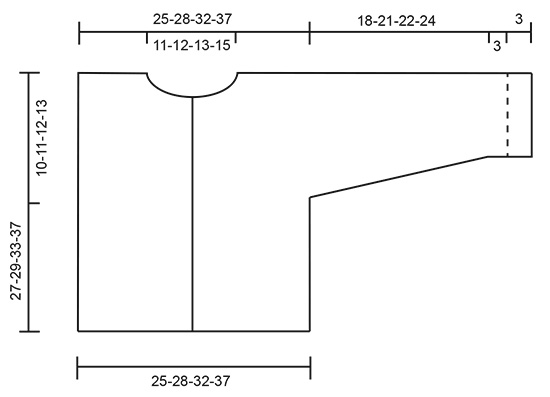 |
|
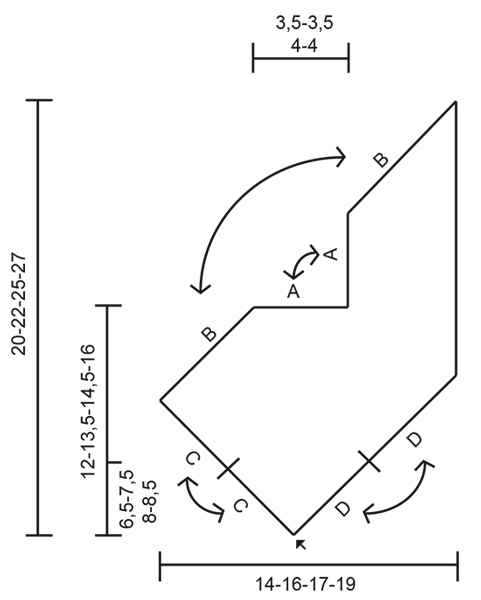 |
|
Have you finished this pattern?Tag your pictures with #dropspattern #rayondesoleilset or submit them to the #dropsfan gallery. Do you need help with this pattern?You'll find 17 tutorial videos, a Comments/Questions area and more by visiting the pattern on garnstudio.com. © 1982-2025 DROPS Design A/S. We reserve all rights. This document, including all its sub-sections, has copyrights. Read more about what you can do with our patterns at the bottom of each pattern on our site. |
|








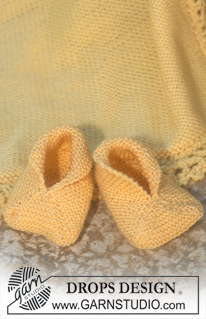





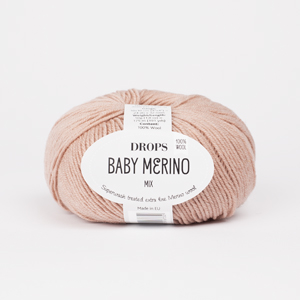
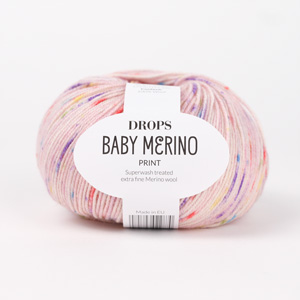
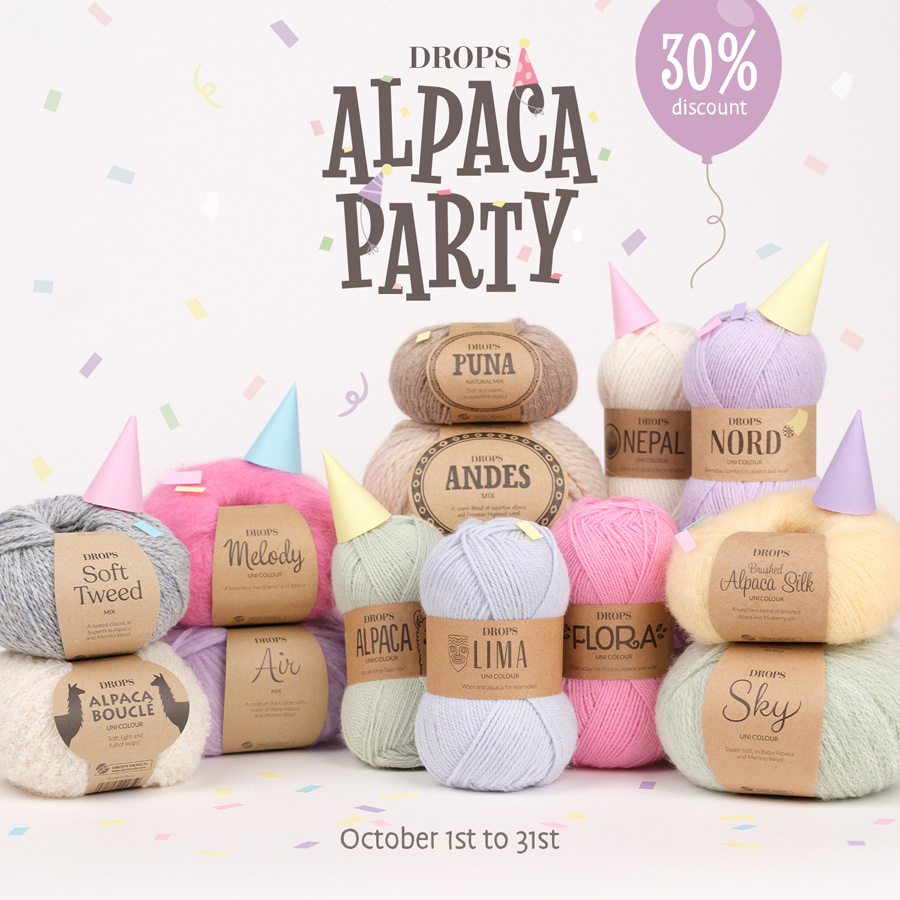






















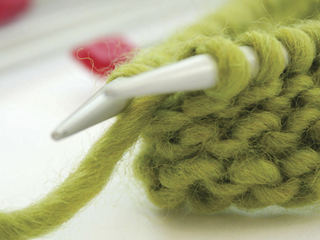








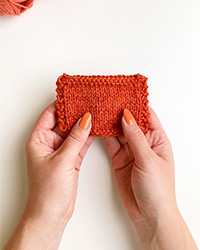
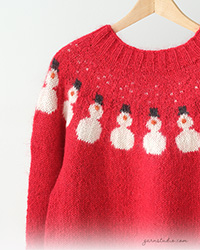
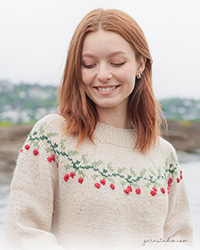
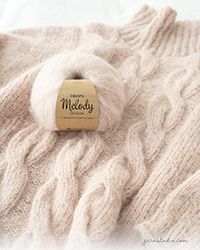
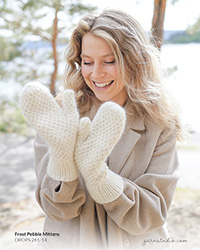
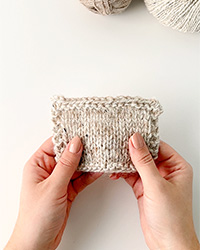
Post a comment to pattern DROPS Baby 10-3
We would love to hear what you have to say about this pattern!
If you want to leave a question, please make sure you select the correct category in the form below, to speed up the answering process. Required fields are marked *.